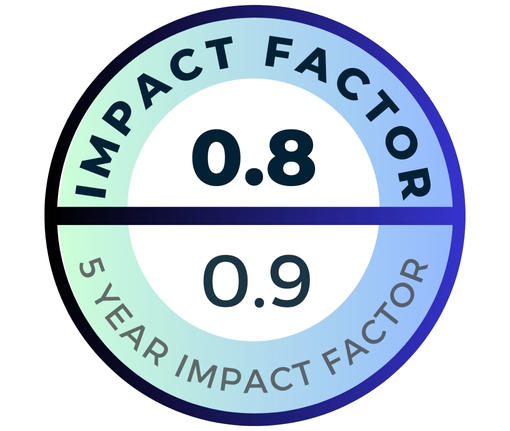OBJECTIVE: The purpose of this study was to determine the prognostic role of C-Reactive Protein (CRP) in acute PE.
MATERIAL AND METHODS: Two hundred and twenty patients with acute PE were consecutively enrolled and followed for 30 days after discharge. Serum CRP and NT-proBNP were determined. Right ventricular function was evaluated by transthoracic echocardiography.
RESULTS: There was a significant difference in age, S-PESI, and CRP levels between the early mortality group and without early mortality group. There was statistically no significant difference between the groups with and without early mortality in terms of gender distribution and whether or not they received thrombolytic therapy for DVT. Pulmonary infarct, pleural fluid, or both have no effect on early mortality. There was no correlation between CRP and pro-BNP, right/left ventricular ratio. The serum CRP levels at diagnosis were significantly higher in patients with PE and with pleural effusion and pulmonary infarct than those in PE patients without pleural effusion and pulmonary infarct (4.75±4.91 ng/mL, 9.67±8.02 ng/mL; p<0.0003).
CONCLUSION: High levels of CRP owing to inflammation in pulmonary embolism associated with effusion and infarction reveals why early mortality is significant in this group. CRP may help in the risk stratification of patients with acute PE, especially those with effusion and pulmonary infarction. CRP is an inexpensive and easily applicable biochemical marker, which can be used to predict early mortality.
Cite this article as: Ertaş Doğan M, Bingöl Z, Aydemir L, et al. Can the level of crp in acute pulmonary embolism determine early mortality? Turk Thorac J 2021; 22(1): 4-10.


.jpg)

.png)